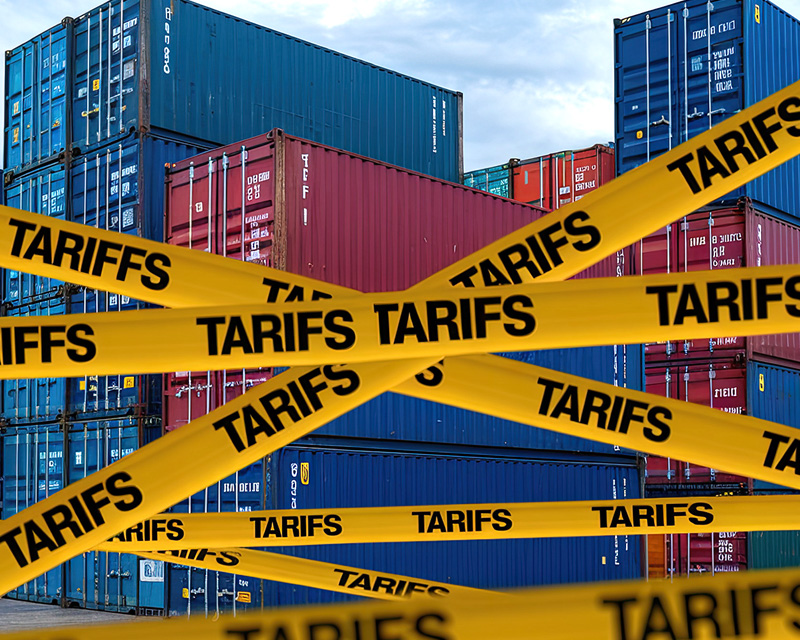A Shrinking Circle of Giants
The global trade book industry has witnessed an era of unprecedented consolidation over the last two decades. Publishing houses that were once family-run or regionally independent have been steadily absorbed into larger conglomerates. Today, a handful of multinational corporations—Penguin Random House (PRH), Hachette Livre, HarperCollins, Macmillan, and Simon & Schuster—dominate much of the global trade market.
This trend, accelerated by mergers, acquisitions, and investment-driven growth, has fundamentally reshaped the competitive landscape of publishing. It has impacted everything from author opportunities and distribution networks to pricing dynamics and global readership access.
The question is no longer whether consolidation will continue—it already has. The critical issue is: what is the ongoing impact of this consolidation, and how should the broader publishing ecosystem respond?
Historical Context: How We Got Here
Consolidation in publishing is not new. The “Big Six” of the early 2000s—Penguin, Random House, HarperCollins, Hachette, Macmillan, and Simon & Schuster—have since become the “Big Five,” with further reductions potentially looming.
Key moments:
2013:
Penguin and Random House merged, creating the world’s largest trade publisher.
2020-2023:
Multiple attempts were made to acquire Simon & Schuster, first by Penguin Random House (blocked by U.S. regulators) and later sold to KKR, a private equity firm.
2020s:
Regional consolidation accelerated, with major houses acquiring niche publishers, imprints, or distribution channels in Europe, Asia, and Latin America.
This pattern reflects broader global business trends: scale, efficiency, and market dominance are prized over smaller, independent competition.
The Ongoing Impacts of Consolidation
Reduced Competition, Fewer Gatekeepers
Fewer publishing giants means less competition at the top. Critics argue this reduces diversity in voices and opportunities for debut or experimental authors. With fewer gatekeepers, acquisitions often skew toward commercial viability and global reach rather than literary innovation.
On the other hand, mega-publishers can invest heavily in marketing and distribution, giving books—especially high-profile ones—greater visibility. But this shift also makes the role of wholesalers like Bookazine even more critical, since we ensure that retailers have access not just to the Big Five catalogs, but to a wide range of independent and international publishers that might otherwise be overshadowed.
Impact on Authors
For authors, consolidation is a double-edged sword:
Pros:
– Global reach for select titles.
– Stronger distribution into major retailers and online platforms.
– Access to professionalized editorial, design, and marketing teams.
Cons:
– Fewer imprints and acquisitions mean increased competition for contracts.
– Authors may feel pressured to conform to commercial demands.
– Midlist and niche writers often get deprioritized compared to blockbuster titles.
This creates an environment where superstar authors flourish while midlist and debut writers face growing hurdles. Bookazine plays a key role here by helping booksellers and libraries source those midlist and independent voices that risk being drowned out by blockbuster marketing cycles.
Global Homogenization of Content
Large publishing houses increasingly seek books with global appeal that can be
translated and marketed across multiple territories. This leads to:
– Greater investment in “universal” genres like thrillers, romance, YA fantasy, and celebrity memoirs.
– Lower investment in regional, experimental, or highly localized stories.
This homogenization underscores the importance of Bookazine’s curated approach, where we highlight not only global blockbusters but also niche, culturally diverse titles that enrich the market and give booksellers unique offerings.
Independent Publishers Filling the Gaps
Consolidation has created opportunities for independent publishers who position themselves as champions of underrepresented voices, literary experimentation, and niche markets. Many readers, authors, and booksellers view indie publishers as a counterweight to corporate consolidation.
Bookazine has long supported these independent and niche publishers by making their books accessible to retailers worldwide. Our ability to connect indie voices with global buyers ensures that consolidation doesn’t erase diversity.
Regional Variations in Consolidation
United States & Europe:
Dominated by the Big Five, shaping the global market. Bookazine ensures U.S. and international retailers alike get exposure to both dominant players and smaller houses.
Asia:
Western publishers continue to expand partnerships, while local conglomerates dominate. Bookazine bridges the gap by sourcing English-language and translated titles for Asian markets.
Latin America & Africa:
Consolidation is less pronounced; regional players remain strong. Bookazine helps extend the reach of these regional voices into the U.S. and beyond.
Reader Impact: What Does This Mean for Consumers?
For the everyday reader, consolidation manifests in subtle but significant ways:
- Wider access to global bestsellers—but often at higher prices.
- Less visible diversity unless they seek indie or translated works.
- Discoverability challenges as midlist books are overshadowed.
Bookazine indirectly supports readers by giving bookstores, institutions, and retailers the tools to diversify their shelves with both global bestsellers and indie gems.
Strategic Implications for the Book Ecosystem
For Publishers:
Balance scale with cultural responsibility. Bookazine provides distribution opportunities that extend beyond blockbuster publishing.
For Authors:
Rising competition for Big Five contracts increases the appeal of indie and hybrid publishing—where Bookazine helps amplify their reach through retail partnerships.
For Booksellers:
Independent bookstores must differentiate through curation and community. Bookazine enables this by supplying unique selections beyond the mainstream.
For Readers:
Discoverability remains key. Bookazine’s partnerships with indie presses and global publishers help ensure a wider variety of books reach consumers’ hands.
Looking Forward: Where Is Consolidation Headed?
The industry will see continued consolidation, particularly if regulatory oversight softens. Counter-trends include:
– Digital self-publishing platforms democratizing access.
– Community-driven discovery through TikTok, Instagram, and grassroots campaigns.
– Regional publishers gaining global influence.
Bookazine is uniquely positioned to thrive in this environment by serving as a bridge: connecting retailers and institutions with both consolidated giants and independent innovators, ensuring that no single force dominates access to books.
Conclusion: A Balancing Act
Consolidation among trade publishing houses has redefined the global marketplace, bringing efficiency and global reach but also creating risks: reduced competition, rising costs, and homogenized content.
The ongoing challenge is balance. While mega-publishers will continue to shape the mainstream, Bookazine plays an essential role in maintaining diversity, discoverability, and access—helping booksellers, libraries, and retailers curate selections that reflect the richness of global literature.
In a world of fewer publishing giants, Bookazine ensures that the industry remains vibrant, inclusive, and resilient.











